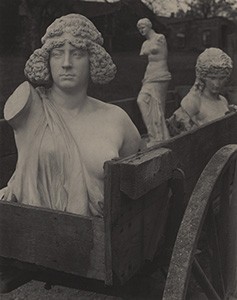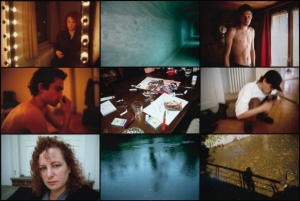The idea that every picture tells a story is one of the most common clichés of photography. Countless 19th- and early 20th-century photographers, including
Narrative

Alfred Stieglitz, Judith Being Carted from Oaklawn to the Hill. The Way Art Moves, 1920, gelatin silver print, National Gallery of Art, Washington, Alfred Stieglitz Collection 1949.3.441

Nan Goldin, Relapse/Detox Grid, 1998–2000, nine silver dye bleach prints, National Gallery of Art, Washington, Corcoran Collection (Museum Purchase with funds donated by the FRIENDS of the Corcoran Gallery of Art) 2015.19.4709
In the late 1960s,











